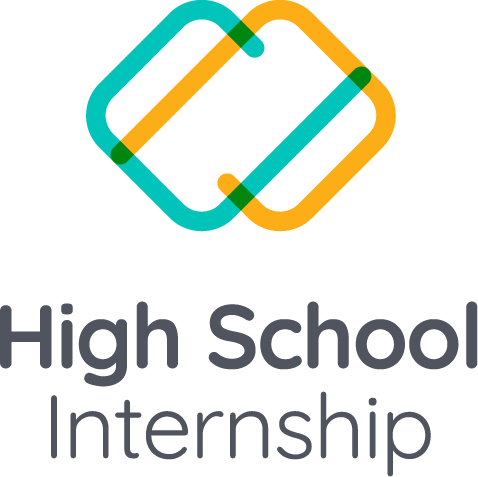Artificial intelligence (AI) was typically only found in dystopian science fiction novels, but that is no longer the case. Everything from disease recognition and prevention to security at large events, AI is making its way into our everyday lives, and its presence will only grow as technology advances.
Due to its rapid growth, any educator needs to identify how students will be impacted by AI and how we can prepare them for the future. Although many facets of AI will soon, if not already, be incorporated into our daily lives, this article will focus on one important aspect: facial and image recognition.
What is AI Image Recognition?
AI image recognition uses a subset of AI called machine learning that can identify and categorize specific objects, including people, animals, and various landmarks. Utilizing a wealth of data, computers can use a camera and a machine learning algorithm based on neural networks and pre-trained data to identify these objects.
For a computer to make sense of images, they must be broken down into pixels, each pixel having a value (0 = black / 255 = white). Below is a photo showing how an image is broken down into pixels and how each pixel has a value.

What Issues Does AI Image Recognition Have?
AI isn’t perfect and is only as good as the data it has at its disposal. If a machine learning image recognition tool struggles to recognize the difference between two different images, it’s likely because it does not have the data or images necessary to make an accurate distinction between them.
For instance, as infants, we learn to see patterns in colors and shapes to recognize them later. We start to get good at predicting based on what we have already seen. For AI to predict, the software needs to have seen many images and examples.
When an AI image recognition tool does not have lots of data or does not have a variety of data, predictability issues arise, and the tool is not as effective as one with more information. This can lead to inaccurate predictions, a bias that could have significant consequences for society as this tool becomes more widespread.
How Can We Educate Students About AI Bias?
As AI image recognition tools become more utilized for various purposes, our students must recognize the common issues with these tools and help prevent the negative aspects that can present themselves. Even providing students with a basic understanding of what AI is, how it works, and what limitations it has can go a long way in helping our students make informed decisions.
As a part of Computer Science Education Week and in conjunction with Hour of Code, BSD Education is offering a free project that allows students to explore an AI image recognition tool and teaches them how AI sees images, makes predictions, and how we can make sure that those predictions are accurate and free of bias. While utilizing this tool, students will also learn valuable 21st-century coding skills, including the basics of HTML, CSS, and JavaScript.
We hope you and your students will find this project informative and helpful in understanding how AI works and can be used for good in the future. BSD Education feels strongly that this type of learning, along with other digital skills, is vital to every student’s education. Please contact us here if you would like to learn more about how you can partner with BSD in the classroom so your students are future-ready.
Want to Learn More?
Free BSD Webinar
Building Good Digital Citizens: Uncovering Bias With Machine Learning
Join BSD Education VP of Education Mark Barnett to see how AI sees images, makes predictions, and how we can make sure they are accurate and free of bias. We’ll also explore similarities between AI and how our minds work by studying the effects of bias and data categorization.

